Launched by the Academy of American Poets in April 1996, National Poetry Month is a special occasion that celebrates poets’ integral roles in our culture and that highlights that poetry matters. Please enjoy this selection of poetry-related journal articles, with a special sneak peak of our biography on Jane Kenyon coming Fall 2023!

Jane Kenyon: The Making of a Poet
Dana Greene
Pleasure-loving, sarcastic, stubborn, determined, erotic, deeply sad–Jane Kenyon’s complexity and contradictions found expression in luminous poems that continue to attract a passionate following. Dana Greene draws on a wealth of personal correspondence and other newly available materials to delve into the origins, achievement, and legacy of Kenyon’s poetry and separate the artist’s life story from that of her husband, the award-winning poet Donald Hall.
[Photo caption: Jane Kenyon’s study, Eagle Pond Farmhouse. Photo by Dana Greene.]
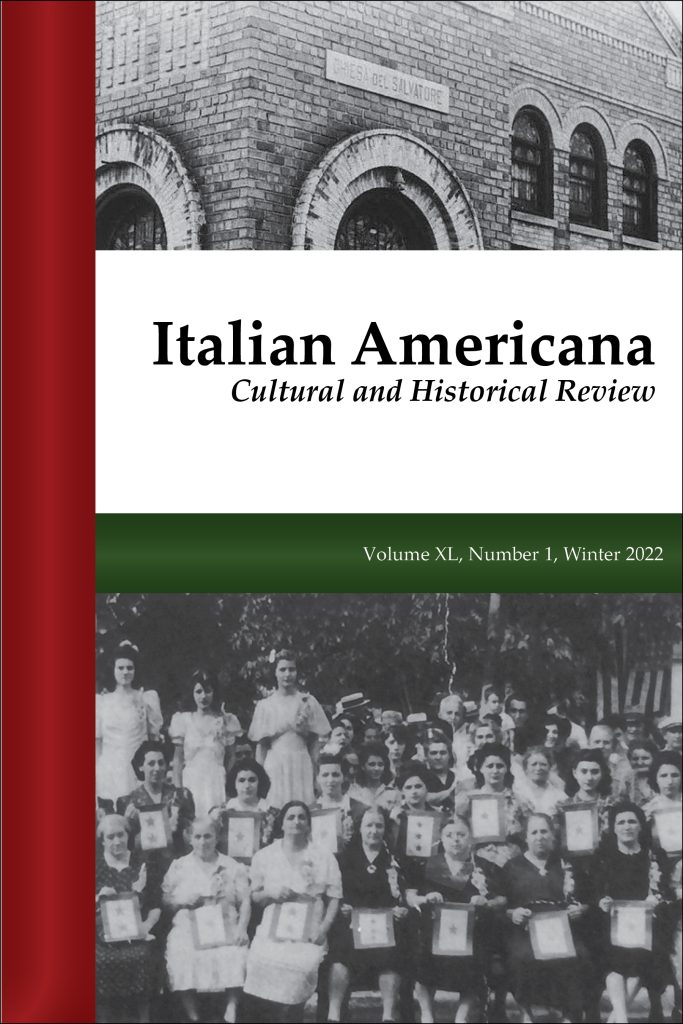
Italian Americana: Cultural and Historical Review
Find a variety of poetry in Vol. 40, Iss. 1, including “When This Boat My Body,” “Cakes Made While You Wait,” and “At the His Supper Table Thrift Store, Long Beach, Washington” by the issue’s Featured Poet, Martha Silano. Silano’s poems in this issue are defined by a grounded sense of place and rhythmic voice sure to speak to any poetry lover. Other poets in the issue include Sharon Charde, Julia Lisella, Joan Bauer, Catherine DeNunzio, Kate Falvey, and more. The journal nominates for the Pushcart Prize in Poetry and welcomes work from writers with some Italian heritage on either side. Subject matter is completely open. Submit here.
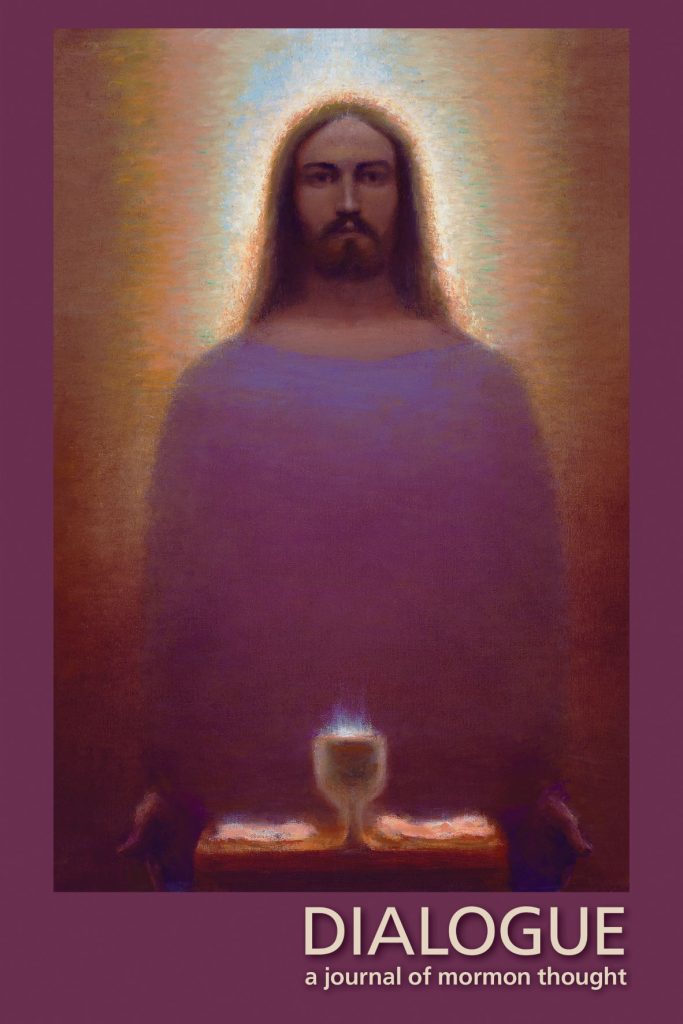
Dialogue: A Journal of Mormon Thought
Free to access, Vol. 55, Iss. 4 of Dialogue highlights three poems featuring religious themes and allusions. Read “His Own Hand” by J.S. Absher, “Our Lady of Innumerable Appellatives” by Dayna Patterson, and “Penitent Magdalene, Donatello” by Anita Tanner.
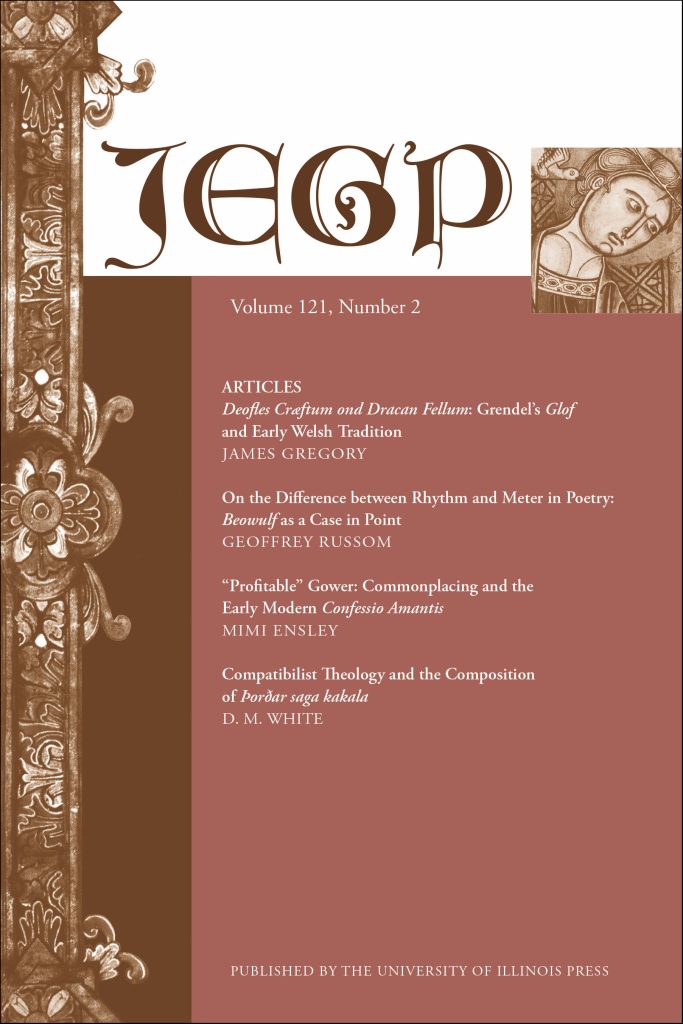
Journal of English and Germanic Philology
“On the Difference between Rhythm and Meter in Poetry: Beowulf as a Case in Point” by Geoffrey Russom
*Free to Access April 2023*
Curious about the more technical aspects of Old English poetry? Free to access for the month of April, this article explores conflicting theories of meter and rhythm in poetry from Eduard Sievers and John Collins Pope. While Sievers was sorting verses into categories to identify the patterns in language, Pope was focused on discovering the rhythm of Old English alliterative verse. Russom writes that the conflict between their approaches can be attributed to a widespread assumption in theories of poetic form: that metrical patterns are rhythmical patterns.
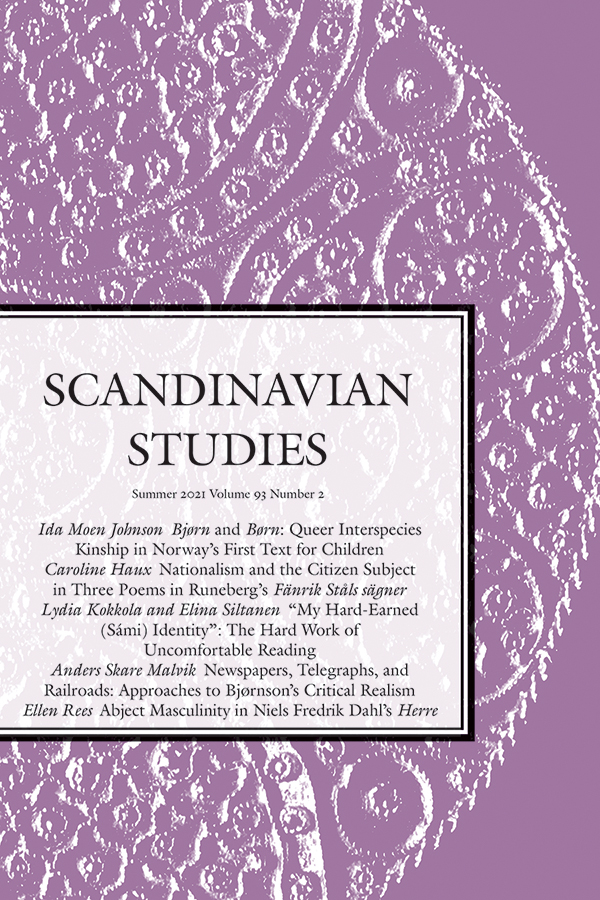
For this year’s National Poetry Month, why not dive into international poetry? In this article Kokkola and Siltanen explore the poetry of Niillas Holmberg and discuss the presentation of his identity as Sámi, the Indigenous people of the northernmost regions of Europe. Kokkola and Siltanen break down the “scripts,” or “default, habituated ways of behaving,” that his poetry presents readers about Sámi the life and culture and push their reading to challenge the prevalence of these easy interpretations.
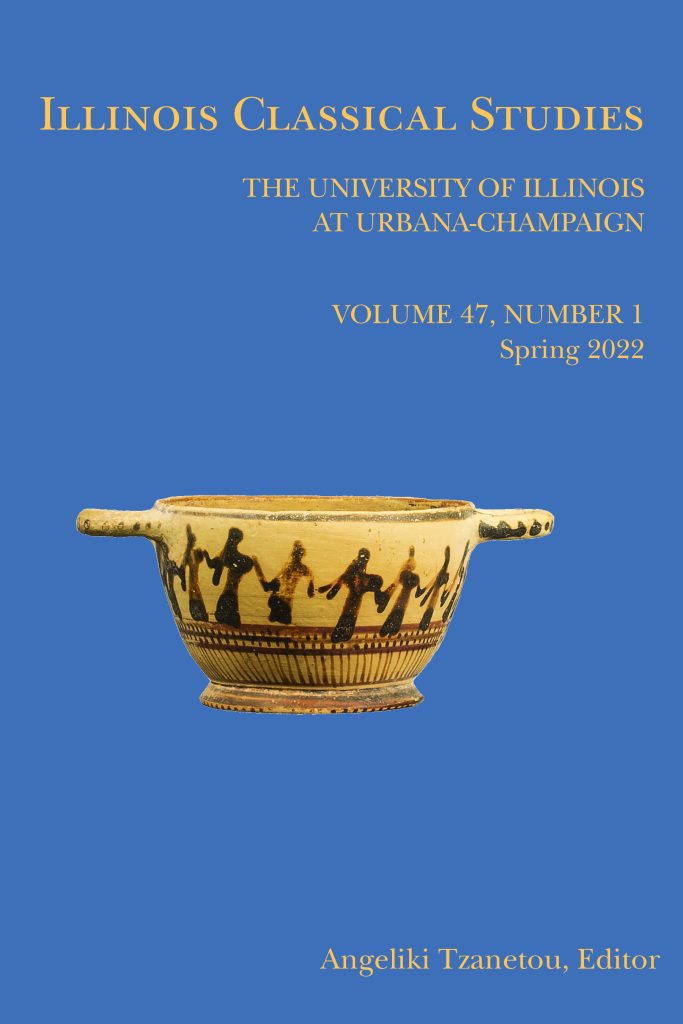
Praxilla, a Greek lyric poet from the mid-fifth century B.C.E., was well known for her dithyrambs, hymns, and drinking songs. This article discusses a surviving fragment of a hymn she wrote about Adonis. This fragment is clearly inspired by Sappho, with a similar form and themes, as well as allusions to her work. Praxilla’s poem is also later echoed in female poet Nossis’s work. This exploration of the female poetic voice articulates the aesthetic views of women artists and their expression of feelings of sexual oppression in the context of ancient patriarchy in three different periods of antiquity.
